
1947 – 2022
In March 1945, three Scottish Knights of the Order met in Glasgow and decided that it was time for the Order to resume work in Scotland. The Order’s chapters around the world are known as Priories, and the Knights were granted permission to petition the Grand Prior of the Order that there should be a Priory of Scotland. Two years later, in 1947, the Priory of Scotland of the Order of St John was officially made an independent establishment within the Grand Priory of Britain. On 26th June that year, the first Prior of Scotland, the Earl of Lindsay, was installed in the Palace of Holyroodhouse in Edinburgh. The pre-existing agreement not to compete with the St Andrew’s Ambulance Association made it possible for the Order in Scotland to be more flexible in its approach, and it has been involved in a greater variety of charitable services than most other St John establishments.
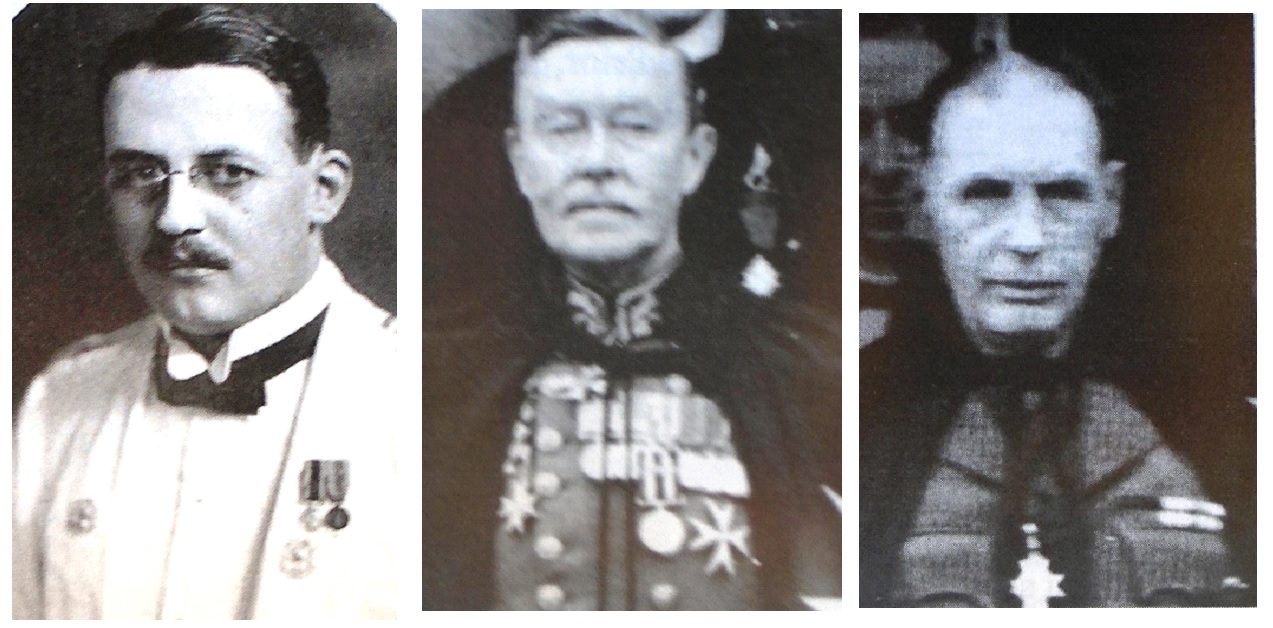
Founding members Capt. W.D. Cargill Thompson,
Col. Sir Colin MacRae of Feoirlinn, and Major John Forrest-Hamilton
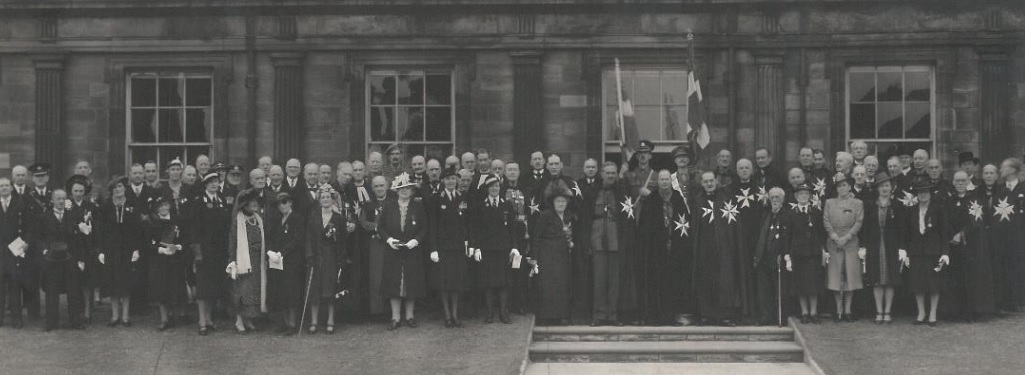
First Investiture of the Priory of Scotland, Palace of Holyroodhouse, June 1947
Today using the name ‘St John Scotland,’ it and the other St John organisations around the world are unusual in that they operate both as registered charities and as chapters of an order of chivalry. In Scotland, the two have always been intertwined and the Board, as well as being responsible for the organisation’s charitable services, is also responsible for looking after the Priory of Scotland’s operations, including nominations for membership of the Order, and the Order’s annual service and investiture.
Gordon Casely, a Member of the Order in Scotland, explains its structure:
On the chivalric side, a person joins as a Member, moving up to Officer, Commander, Knight, Knight Grand Cross. People are recognised for their work, contribution to the community, or to the Order itself. St John is a confraternity; both men and women equally working towards the same goal. They also hold an Annual Festival which moves around Scotland, and a religious service and Investiture, and an Annual Service is held in Torphichen.
[St John Scotland] is also split into geographic areas. These are headed by local people and his/her associates who may or may not be members of the Order. They bring local people into their local committees, get them involved [in the organisation’s charitable work], get them enthused and inspired.
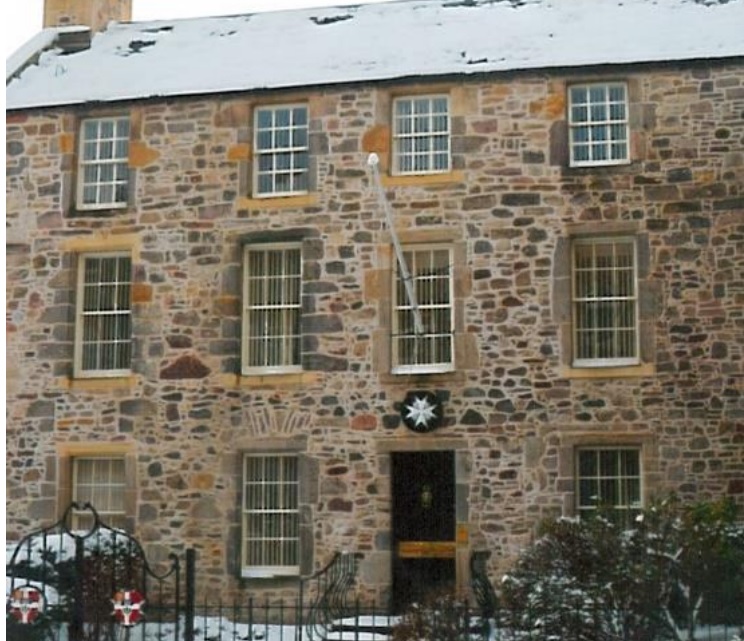
St John's Scotland Head Office, 21 St John Street, Edinburgh
In the early years, local committees of St John were established across Scotland; these had a two-tier structure. A local Order committee was made up of Order members, would be involved in ceremonial activities, and oversee how a local Area’s funds were spent. Alongside them, a ‘Friends of St John’ committee (later renamed St John Associations) were made up of both Order members and volunteers and were often involved directly in running the organisation’s charitable services, such as care homes, as well as raising money to fund these and other activities.
Margaret Balfour, Edinburgh Area, shares her impressions of the Order when she became involved during the 1960s, and how it has since changed:
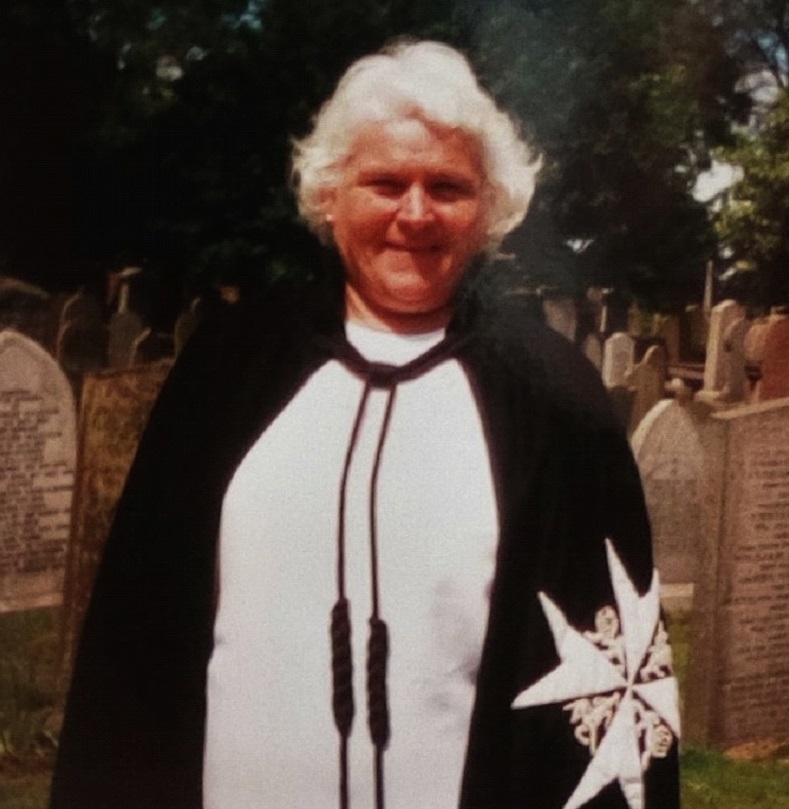
The Order was very male dominated, even the Festivals; it was quite some time before ladies were even asked to help at the Festival, and that was by handing out the Order of Service. But previous to that, the ladies weren’t asked to help. But then it got to the stage where it was difficult probably to get sufficient men to cover it, that they had to ask the ladies to help. It didn’t bother me, I just thought, ‘ladies are doing a lot of work and weren’t getting the recognition for it’, and that’s why I thought it was really an honour when I was asked to be Chairman [of the Edinburgh committee].
I think, just the way society has changed, that people have realised that there are more equal opportunities now. They had to move with the times. It was businessmen, probably, that originally started it and resurrected it in Scotland, and eventually all the wives got involved, especially in running the fayres, the cake stall and that, and gradually from there.
The two-tier structure remained in place until 2006, when the Chapter (Board) of St John Scotland decided it would be best to amalgamate the committees, creating just one committee in each area. This was done to streamline processes and avoid duplication, while simultaneously making it easier for all people involved in St John, whether they were a member of the Order or not, to contribute fully. The change was also intended to create a stronger sense of togetherness across the organisation.
Douglas Dow (pictured next page, back row, third from left), Dunbartonshire Area, recalls that period:
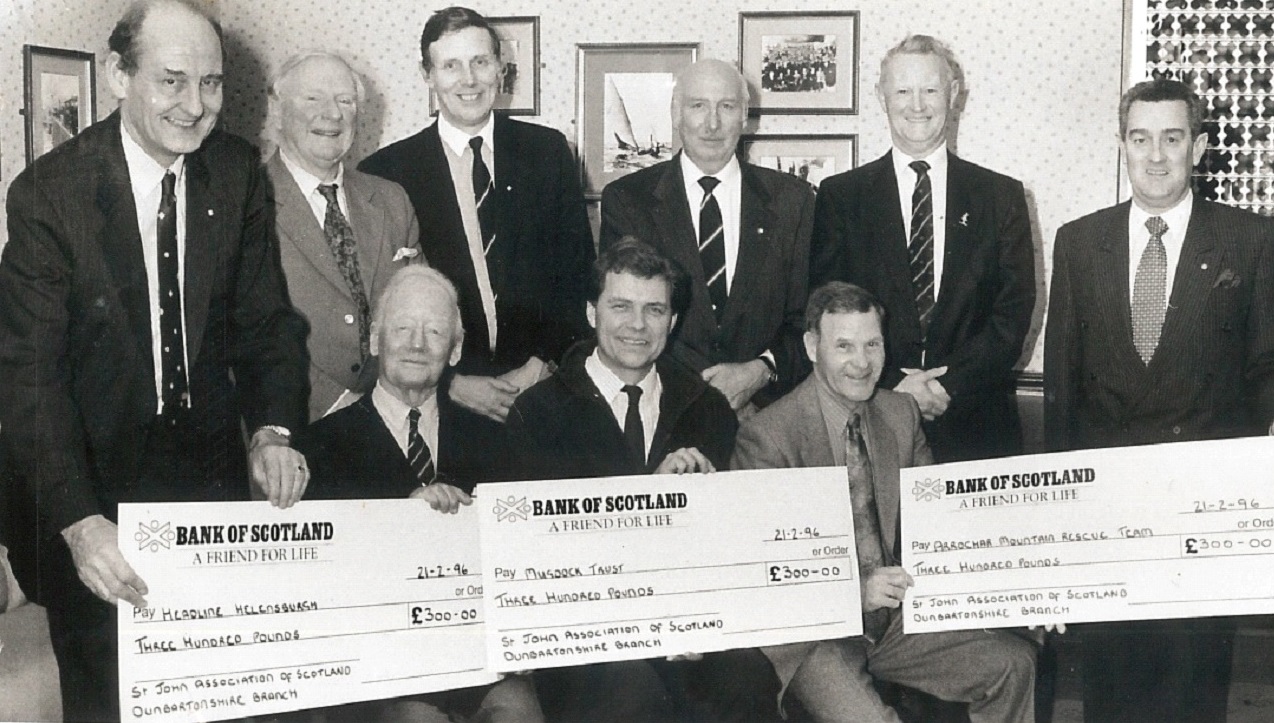
[I] became the Depute Chairman to Donald Fullarton of the St John Order Committee for Dunbartonshire. There were people on both Committees doing the same things… It made a lot more sense; it’s a lot more efficient now than it was, no question about that.
In the Association we had a say in the proposals to the Order Committee, saying we would like to raise money for the Arrochar Mountain Rescue Team, because we raised money for Mountain Rescue at Arrochar long before the Order nationally supported Mountain Rescue. We would have to make a proposal to the Order Committee, who would normally sanction it, and if they had any reservations they went up to HQ. If we needed any money, we would have to refer to them, the Order Committee, to see if they would release money… to spend some money on setting up costs for whatever project we were doing, which would be fundraising. And then when we raised the money, we didn’t keep the money, we gave it to them and it went up to the Order because it was all Order money, and then we had to ask to get it back to hand it over to Mountain Rescue. So, it was a cumbersome bureaucratic process, which I don’t think we needed to do in terms of checks and balances and so forth. I think what we’ve got now is infinitely superior.
Alex Craib, Highland, also commented on the change:

Historically, the Association raised the funds, and the Order dispersed the funds. In the Highlands, most people in the Association were members of the Order as well, so we all mixed, and we all worked together for the good of the Order.
It was quite a number of years ago now, I don’t remember the exact year, I do remember that we had a transition from having the two separate organisations to moving into one, and in the Highlands, it was fairly seamless. We had no big problems with the transition from losing the Association to everyone being in the Order.
The relationship between the two sides of the organisation has been reflected in the names it has been known by over the years. Founded in 1947 as the ‘Priory of Scotland of the Most Venerable Order of the Hospital of St John of Jerusalem’ (or ‘Priory of Scotland of the Order of St John’ for short), it conducted charitable activities as the ‘Order of St John’ across Scotland. The Associations would also brand themselves as, for example, the ‘Fife St John Association’, raising funds and organising the events on behalf of the Order.
In the mid-2000s, around the same time the local committees were changing to a single structure, the organisation began to informally use the name ‘St John Scotland’. Some felt it was more attractive (and perhaps memorable) to the general public. In 2017, the organisation became incorporated, legally changing its name for all operations to ‘St John Scotland’. In 2022, in keeping up to date with modern thinking around brand identity but not wishing to lose sight of its origins and traditions, the organisation carries out charitable services as ‘St John Scotland’, and reserves use of the Priory of Scotland of the Order of St John for chivalric and ceremonial activities. For simplicity, those terms will be used throughout the rest of this website.
| Area | Year of establishment |
|---|---|
| Aberdeen & North East | 1948 |
| Angus & Dundee | 1980 |
| Ayrshire & Arran | 2008 |
| Central | 1972 (as ‘Stirlingshire’) |
| Dumfries & Galloway: West Galloway Dumfries |
1977 1988 |
| Dunbartonshire | 1977 |
| Edinburgh & South East: Edinburgh South East |
1948 2001 |
| Fife | 1974 |
| Glasgow | 1962 |
| Highland | 1977 |
| Perth & Kinross | 1975 |
| West Lothian | 1969 (as ‘Torphichen’) |